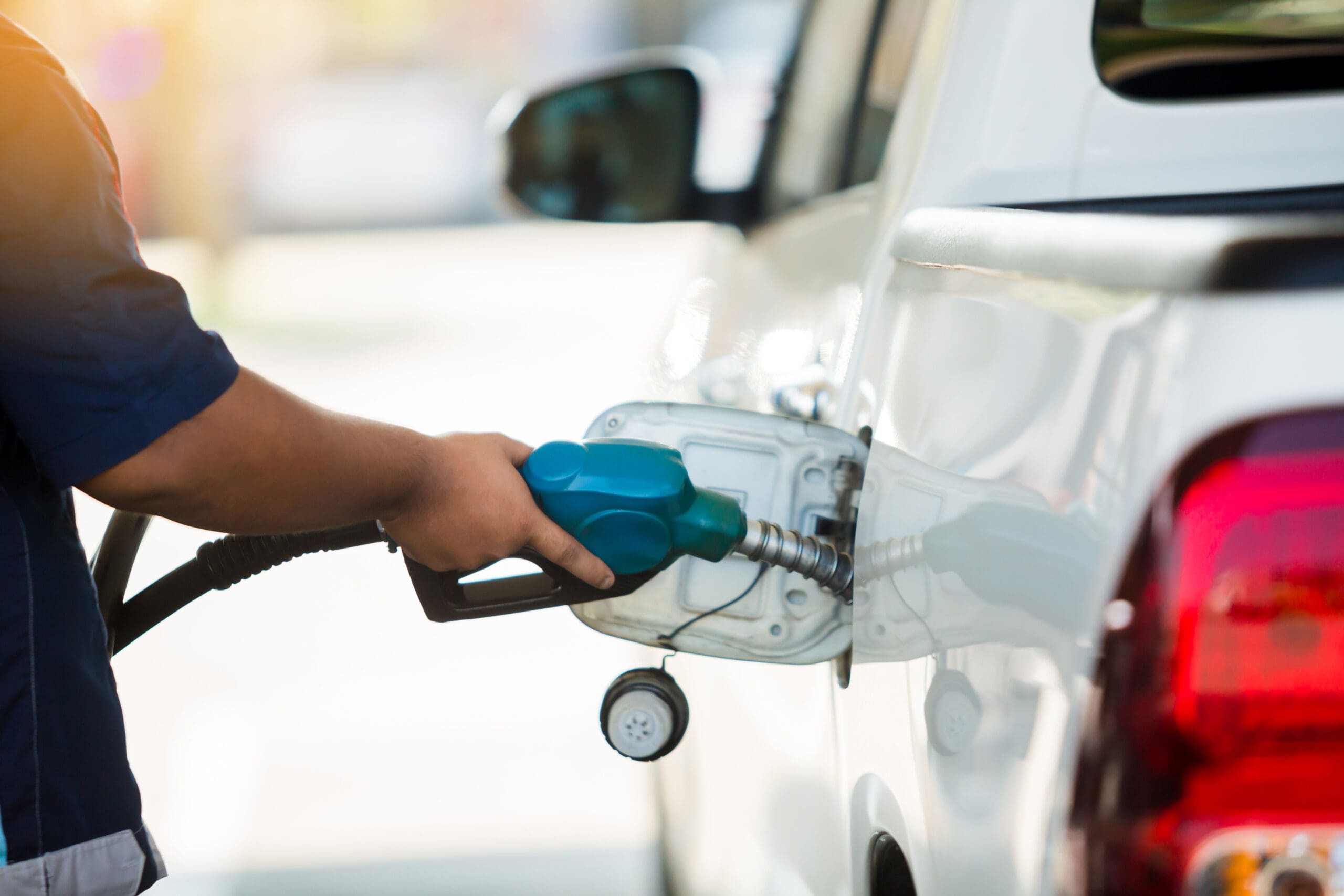
Fuel is critical to your lawn and landscape business. However, it can also be a major headache if you’re still sending your crews to local gas stations in the morning before starting the day.
One solution many owners eventually adopt is on-site fueling. While you may think this is a luxury only the largest in the industry can afford, many landscape companies of various sizes have added fuel pumps to their properties and reaped the benefits.
When to Add On-Site Fueling
Just like other aspects of your business, there is no one set metric for when is best time to add on-site fueling.
Chris Lee, president of EarthWorks, based in Lillian, Texas, added his on-site gas tanks around 20 years ago when he just had six or seven vehicles in his fleet. Lee says his main motivation was to gain more control over their fueling methods as they were sending out crews with cash or credit cards but there was no oversight.
He says they also realized there was a significant amount of wasted time at gas stations as three guys would be in the store looking for something while two others were ready to go. Lee notes that on-site gas pumps can be more impactful for smaller operators because the bigger you are, the more complicated it will be to get the right infrastructure in place.
Nate Moses, CEO of Precision Landscape Management, based in Greenville, South Carolina, says he wanted to give on-site fueling a try after hearing about the idea from other contractors. He added fuel tanks to his operations seven years ago when he had 10 trucks in his fleet. He knew he wanted to grow and was looking for methods that would help facilitate that growth.
“When I started thinking through, I’ve got to go fill up all the trucks or I have to provide credit cards for crews to go fill up all the trucks,” Moses says. “Then there’s all the chaos that comes with that. Credit card doesn’t work or credit card got lost. Fuel card got lost. They used it for something else. As I thought through all those variables and dealt with some of the variables, I was like, ‘Man, this is just such a pain.’”
Moses advises owners to consider on-site fueling when they can no longer easily ensure their fleet is getting fueled up on a daily basis.
Russell Landscape Group, based in Sugar Hill, Georgia, had 40 trucks in their fleet before adding gas pumps to that location six years ago. When they added their new Nashville facility, this location came with a fueling station. Will Dutton, director of workforce safety and training for Russell Landscape Group, says it was also a matter of control that made them decide to roll out on-site fueling. He says it has cut down on accidents at the gas station.
“A lot of it had to do with time efficiency,” Dutton says. “The waste of time at the gas station, crews stopping in, and the hours spent at the gas stations as far as manhours. There was no way of really monitoring it to make sure that the guys didn’t waste time at the gas station. It was mainly cost-effective money-wise.”
Ben Curtis, COO of Outerland, based in Mashpee, Massachusetts, says they’re going into their second season with their on-site fuel pumps. He says they decided to add on-site fueling partially because gas is expensive in Cape Cod but also to be more efficient. He says stopping at off-site gas stations presents many logistical issues and liability risks.
“We’re sending 30 to 45 trucks a day to the gas station to wait in line, potentially getting to hazardous situations with other drivers,” Curtis says. “When you send your drivers to the gas station, they never don’t go in.”
Advice for Others
Adding on-site fueling can save your company money and time, but it also requires a shift in your culture and operations.
“My expectation was that it would significantly reduce them stopping at a fuel station for snacks,” Moses says. “The reality is, it did not significantly reduce it. Just somewhat reduced it. Rather than them definitively stopping once a day or every two days for fuel, now it’s from time to time. That becomes their personal time, a break that they are taking, rather than paid time because they’re required to go there.”
Moses advises calculating your time savings by having fuel pumps on site.
“For smaller companies, I would say think about how much of your personal time and energy goes into fueling and can partnering with a local fueling company reduce the amount of time and energy that you personally as a small business owner are putting into that type of thing,” Moses says.
Dutton encourages deep diving into the reason why you want to add gas pumps to your property.
“If you’re trying to save time and hours, understand that might not be the outcome because of the limited pumps,” Dutton says. “If you have a big branch that has 40 trucks going through it, how much time are you really saving? Just really know the reason why you’re doing it.”
If you’re a larger landscape company and you still do off-site fueling, look at your systems and processes at the beginning and end of the day and see if you’re really getting the optimization you want.
“I would say you could get a few dollars of savings at the pump, but I think you’re losing more than that in your time spent at fueling stations,” Moses says. “There are so many variables that are out of your control.”
Ask a local provider what they can do for you at no or low cost. Lee says the most important factor is to find a reliable, service-oriented distributor.
“The first time they don’t show up to reach resupply you, and you’ve got 25 trucks with no gas to leave the yard, that two cents a gallon is completely meaningless,” Lee says.




